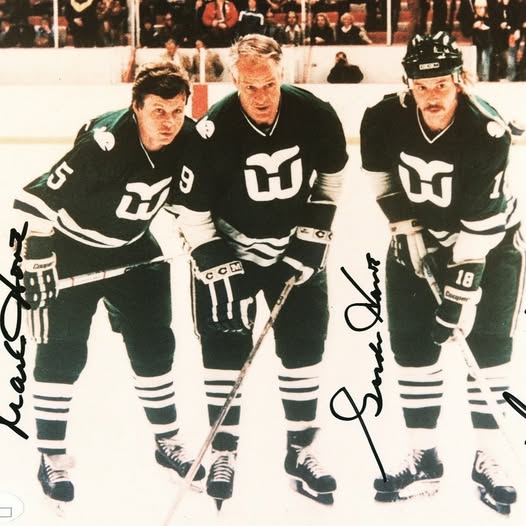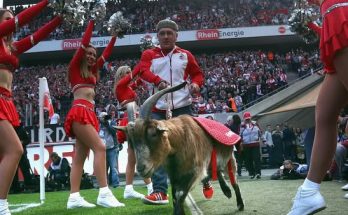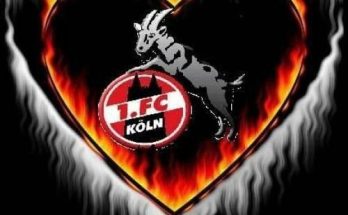Gordie Howe is a name synonymous with hockey greatness, a player whose legacy transcends generations and whose impact on the game is still felt today. Yet few remember the unique chapter in hockey history when Gordie played alongside his two sons, Mark and Marty Howe, for one remarkable season in the NHL with the Hartford Whalers. This extraordinary family trio was a rare spectacle in professional sports, combining the old-school grit and skill of Gordie with the youthful energy and promise of Mark and Marty. Their time together on the ice, though brief, created an indelible story that complements Gordie Howe’s already towering legend.
Gordie Howe’s career is one of the longest and most storied in hockey history. Known affectionately as “Mr. Hockey,” Gordie’s name became synonymous with toughness, longevity, and an unrelenting will to win. His NHL journey began in 1946 with the Detroit Red Wings, where he quickly became a dominant force, helping lead the team to four Stanley Cups. He was an all-around player: a scorer, a playmaker, and a physical presence who could both dazzle with skill and impose his will through sheer determination. Over a career that spanned five decades, Gordie Howe earned six Hart Trophies as the league’s most valuable player, six Art Ross Trophies as the leading scorer, and was inducted into the Hockey Hall of Fame in 1972, immediately after his first retirement.
But Gordie Howe’s story didn’t end when he left the NHL in 1971. In a move that surprised many, he joined the World Hockey Association (WHA), an upstart league that challenged the NHL’s dominance. Playing alongside his sons Mark and Marty for the Houston Aeros, the Howes were a sensation. The elder Howe, despite being in his mid-40s, was still a dominant player, while Mark and Marty showcased their own talents and promise. Their time in the WHA proved that Gordie’s skills and competitive fire had not dimmed with age.
When the WHA folded in 1979 and the Hartford Whalers were absorbed into the NHL, the Howe family reunited once again in the NHL. For the 1979-80 season, Gordie, Mark, and Marty all played together on the Whalers’ roster, marking the first and only time in NHL history that a father and two sons shared the ice as teammates. This season was as much a sentimental journey as it was a competitive challenge. Gordie was 51 years old, a staggering age for a professional athlete, and many wondered if he could still keep up with the younger generation of players.
What made Gordie Howe’s presence on the ice so special wasn’t just his longevity or his record-breaking statistics; it was the way he embodied the spirit of hockey. Howe played with an intensity and passion that transcended age, and his ability to read the game and anticipate plays was second to none. Even in his 50s, he was still capable of scoring, assisting, and setting the tone physically. Playing alongside his sons was a dream come true for him, and the way the three Howes complemented each other on the ice was a beautiful blend of family, experience, and youthful vigor.
Gordie Howe was more than just a hockey player; he was an icon of toughness and resilience. Nicknamed “Mr. Hockey” for good reason, he was known for his all-around game—he could score goals, set up plays, and engage in the physical battle that defined the era of hockey in which he played. Howe’s style was the blueprint for the modern power forward. He combined speed, skill, and brute strength, playing through injuries and pain that would sideline most players. His ability to play over 1,700 NHL games and still be effective well into his 40s and 50s is almost unheard of in professional sports.
Many stories illustrate Gordie Howe’s legendary toughness. One famous anecdote recounts how he suffered a broken jaw in a game but refused to miss any playing time. Instead, he had his jaw wired shut and returned to the ice, refusing to be sidelined by injury. Another story tells of his rivalry with legendary players like Maurice Richard and Bobby Hull, yet Howe always maintained a respectful demeanor on and off the ice. His influence extended beyond just his statistics and physical play—he was a role model, a family man, and a true ambassador for hockey.
Playing with his sons in Hartford was a fitting capstone to Howe’s incredible career. Mark and Marty had grown up in the shadow of their father’s monumental achievements, but they carved out their own identities as skilled players. Mark Howe, in particular, was a defenseman known for his skating and offensive capabilities, eventually earning his own place in the Hall of Fame. Marty, too, was a solid contributor with strong defensive skills. The 1979-80 season brought the unique dynamic of the elder Howe mentoring his sons on the ice while competing at the highest level.
Although the Howes’ season together in the NHL was brief and not filled with championship glory, it remains one of the most heartwarming and unique stories in sports history. It symbolized the passing of the torch between generations while also showcasing the extraordinary longevity of Gordie Howe’s career. Fans across the league were captivated by seeing a player who had started his NHL journey over 30 years earlier still competing alongside his sons.
Beyond the ice, Gordie Howe’s impact on hockey culture is immense. He helped popularize the sport in the United States and Canada and inspired countless young players to pursue their dreams. His work ethic, sportsmanship, and dedication to the game set a standard that many players still strive to emulate. The “Gordie Howe hat trick”—a goal, an assist, and a fight in the same game—became an emblem of his complete style of play and love for the physical nature of hockey.
In reflecting on Gordie Howe’s life and career, it’s clear why he is often considered the greatest to ever play the game. His statistical achievements speak for themselves, but it’s his character, perseverance, and influence that truly define his legacy. He played through eras of changing styles, rule adaptations, and the evolution of hockey into the global sport it is today. Howe’s name will forever be etched in hockey lore as a pioneer, a champion, and a true embodiment of the sport’s spirit.
The brief but memorable season when Gordie Howe skated alongside Mark and Marty for the Hartford Whalers stands as a testament to his enduring love for the game and his extraordinary commitment to family. It’s a chapter filled with both nostalgia and inspiration—an iconic story that enriches the already legendary narrative of “Mr. Hockey.” The Howes’ time together on the ice remains a unique highlight in NHL history and a beautiful reminder that hockey, at its heart, is a family affair.
In the grand tapestry of hockey, Gordie Howe’s thread shines brighter than most. His record-breaking points, six Hart Trophies, and six scoring titles only tell part of the story. The heart and soul he brought to the game, the example he set for players of all generations, and the magical moment of skating alongside his sons in the NHL all combine to make Gordie Howe not just a player, but a legend who will forever be celebrated as the greatest to ever lace up skates.



